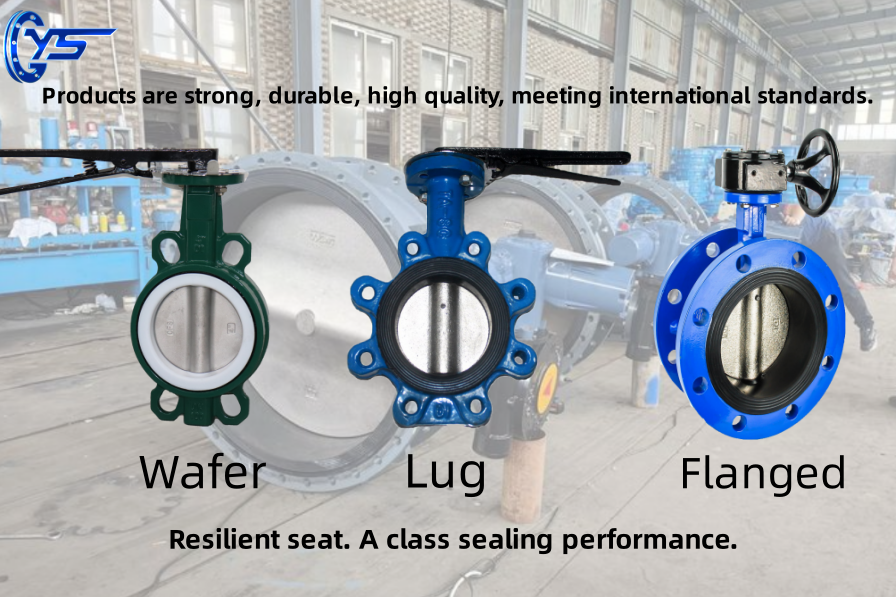pressure reducing
Understanding Pressure Reducing Its Importance and Applications
Pressure reducing is a critical function in various industrial and residential applications that ensures safe and efficient operation of equipment and systems. This process involves decreasing the pressure of a fluid or gas from a higher level to a desired lower level. The mechanism of pressure reducing is fundamental in numerous fields, from water supply systems to gas distribution networks, and from manufacturing processes to HVAC systems.
At its core, pressure reducing systems aim to control and maintain pressure within specific limits to prevent damage to equipment, ensure safety, and optimize performance. In many cases, excess pressure can lead to catastrophic failures, energy losses, and safety hazards. By employing pressure reducing valves (PRVs) or regulators, these systems can effectively manage pressure levels, providing a safe working environment.
How Pressure Reducing Works
Pressure reducing valves operate on a straightforward principle. They automatically adjust the flow area based on the downstream pressure. When the downstream pressure rises above a predetermined set point, the valve closes slightly to restrict flow, thereby reducing the pressure. Conversely, if the downstream pressure drops, the valve opens to permit more flow, thereby maintaining the desired downstream pressure. This dynamic response ensures that pressure remains within acceptable limits, adapting to variations in demand.
Applications of Pressure Reducing Systems
1. Water Supply Systems One of the most common applications of pressure reducing technology is in municipal water supply systems. Water is typically supplied at high pressures to ensure that it reaches all areas effectively. However, individual buildings or homes may require lower pressures to prevent damage to plumbing and fixtures. Pressure reducing valves are installed to regulate the pressure entering these systems, thus enhancing safety and longevity.
pressure reducing

2. Gas Distribution In natural gas or propane distribution systems, pressure reducing valves are vital. High-pressure gas from the distribution network needs to be reduced to a usable level for residential or commercial applications. Failure to reduce this pressure can lead to unsafe conditions, equipment failure, or even explosions. PRVs ensure that gas is delivered safely at the correct pressure, providing reliability in gas distribution.
3. Industrial Processes Many industrial applications require precise control of pressure for optimal operation. In manufacturing processes involving steam, compressed air, or various gases, keeping the pressure at the right levels is essential for efficiency and product quality. Pressure reducing systems are integrated into these processes to monitor and control the pressure, adapting to changes in production needs.
4. HVAC Systems In heating, ventilation, and air conditioning (HVAC) systems, pressure management is crucial for ensuring comfort and operational efficiency. Proper pressure control allows systems to maintain the right balance of air and fluids, preventing system overload and promoting even temperature distribution throughout buildings.
Benefits of Pressure Reducing Systems
The implementation of pressure reducing systems brings several benefits. Firstly, it enhances safety by preventing overpressure situations that could lead to equipment failure or accidents. Secondly, it improves energy efficiency, as systems can operate more effectively within their optimal pressure ranges. This leads to lower energy consumption and reduced operational costs. Additionally, pressure reducing systems can prolong the lifespan of equipment by minimizing the stress caused by excessive pressure.
Conclusion
In conclusion, pressure reducing mechanisms play an essential role in various sectors, providing safe and efficient operation across numerous applications. Whether it is ensuring the safe delivery of water and gas, facilitating industrial processes, or enhancing HVAC systems, the importance of effective pressure management cannot be overstated. As industries evolve and technology advances, the continual improvement of pressure reducing systems will play a vital part in ensuring operational excellence and safety.
-
The Key to Fluid Control: Exploring the Advantages of Ball Valves in Industrial SystemsNewsJul.09,2025
-
The Versatile World of 1, 2, and 3 Piece Ball ValvesNewsJul.09,2025
-
Stainless Steel Ball Valves: The Ideal Choice for Efficient Flow ControlNewsJul.09,2025
-
Optimizing Fluid Control with Ball Float ValvesNewsJul.09,2025
-
Manual Gate Valves: Essential for Control and EfficiencyNewsJul.09,2025
-
Everything You Need to Know About Butterfly ValvesNewsJul.09,2025
-
The Versatility of Wafer Type Butterfly ValvesNewsJul.08,2025




